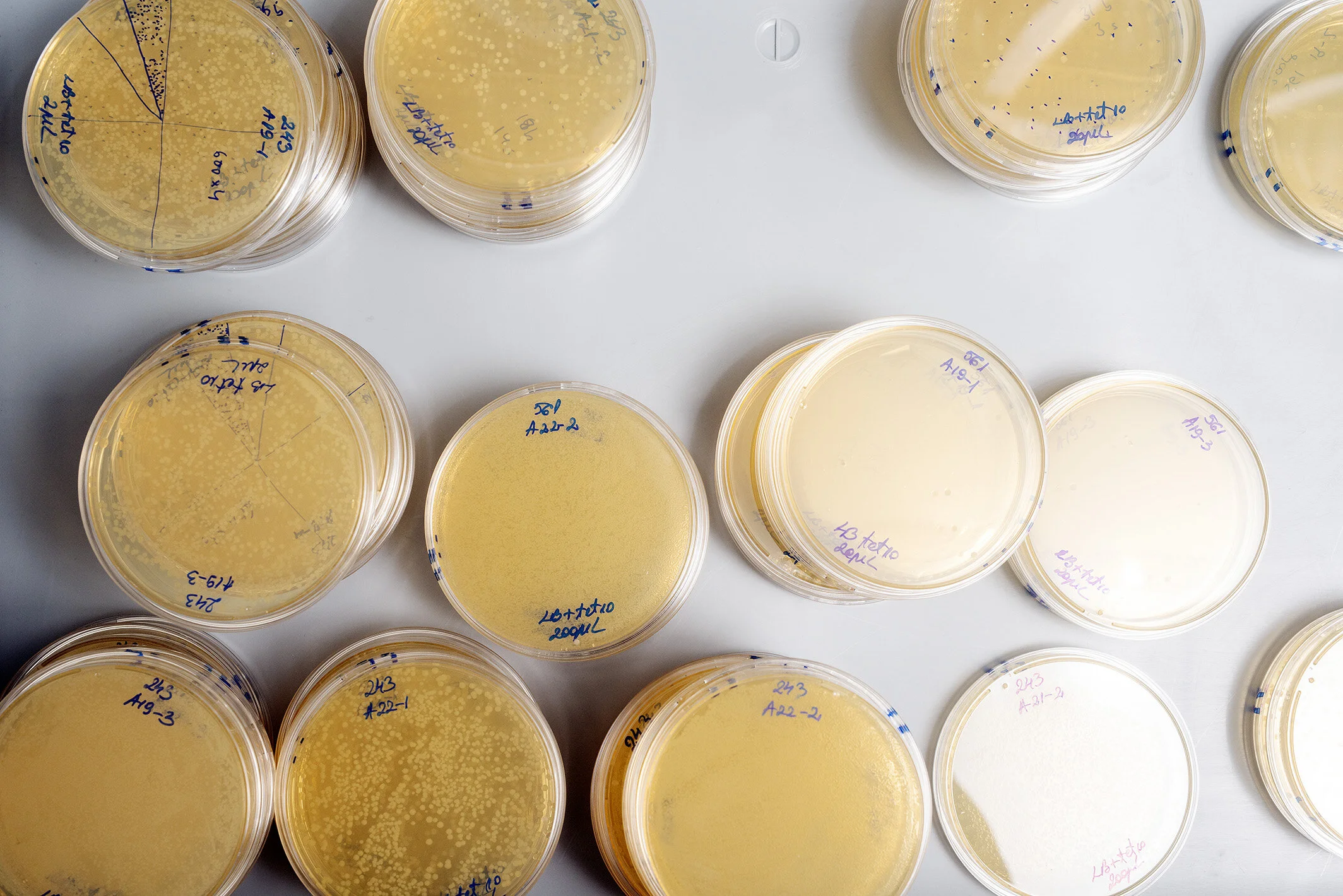
Our early and extensive patent estate
SNIPR Biome has an early and extensive Worldwide patent estate directed to various aspects of CRISPR targeting of bacteria and archaea. We have fundamental scopes protecting the use of CRISPR to combat infectious disease pathogens and to modulate human and animal microbiomes in patients. Our estate relates to the use of any Cas nuclease for this purpose, as well as to the use of Cas9, Cas3 and Cas12a (Cpf1) specifically. We have granted protection for harnessing endogenous Cas of target cells, or for using Cas expressed from vectors. Some of our scopes extend to guided nucleases generally (such as TALENs) and some scopes protect targeting of any bacterial species.
Our IP also relates to delivery vehicles, such as phage, phagemid, non-replicative transduction particles, conjugative plasmids and nanoparticles for delivering CRISPR/Cas systems. We also have protection for phage production strains and production methods.
We have granted patent protection for modulation of microbiomes to enhance immunotherapies, such as immune-oncology, CAR-T and vaccine therapy. We have several US patents for enhancing anti-PD-L1 or PD-1 therapy by guided nuclease modulation of patient microbiomes.
We have protection for CRISPR targeting of bacteria in lung conditions, kidney conditions (such as UTIs), and infections associated with sepsis and septicemia. Our IP also relates to CRISPR killing of E. coli in patients, including in cancer and transplant patients.
Additionally, we have protected technologies that may be applied to mammalian cell engineerings, such as the combined use of CRISPR with reverse transcriptases or transposons.
Finally, our patent portfolio also protects various technologies for engineering microbiomes to express therapeutic proteins in situ in patients.
In October 2022, SNIPR Biome announced that its patent portfolio covering the use of CRISPR/Cas systems to edit prokaryotes is now available for academic and non-profit research use without a written license.
Examples of our inventions can be found in WO2016177682; WO2017211753; WO2019002207; WO2019002218; WO2019030257; WO2019105821; WO2019185551; WO2020078893; WO2020152369 and WO2020234428.
Examples of our granted patents can be found here.

